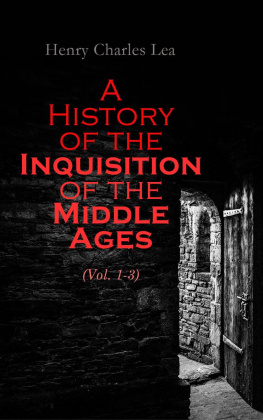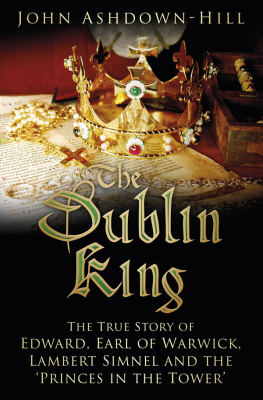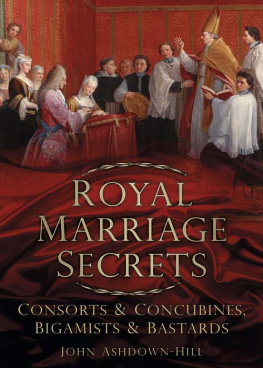Charles Henry Ashdown - British Castles
Here you can read online Charles Henry Ashdown - British Castles full text of the book (entire story) in english for free. Download pdf and epub, get meaning, cover and reviews about this ebook. year: 2021, publisher: Good Press, genre: Romance novel. Description of the work, (preface) as well as reviews are available. Best literature library LitArk.com created for fans of good reading and offers a wide selection of genres:
Romance novel
Science fiction
Adventure
Detective
Science
History
Home and family
Prose
Art
Politics
Computer
Non-fiction
Religion
Business
Children
Humor
Choose a favorite category and find really read worthwhile books. Enjoy immersion in the world of imagination, feel the emotions of the characters or learn something new for yourself, make an fascinating discovery.

- Book:British Castles
- Author:
- Publisher:Good Press
- Genre:
- Year:2021
- Rating:3 / 5
- Favourites:Add to favourites
- Your mark:
- 60
- 1
- 2
- 3
- 4
- 5
British Castles: summary, description and annotation
We offer to read an annotation, description, summary or preface (depends on what the author of the book "British Castles" wrote himself). If you haven't found the necessary information about the book — write in the comments, we will try to find it.
British Castles — read online for free the complete book (whole text) full work
Below is the text of the book, divided by pages. System saving the place of the last page read, allows you to conveniently read the book "British Castles" online for free, without having to search again every time where you left off. Put a bookmark, and you can go to the page where you finished reading at any time.
Font size:
Interval:
Bookmark:

64 & 66 Fifth Avenue, New York
Australasia The Oxford University Press
205 Flinders Lane, Melbourne
Canada The Macmillan Company of Canada, Ltd.
St. Martin's House, 70 Bond Street, Toronto
India Macmillan & Company, Ltd.
Macmillan Building, Bombay
309 Bow Bazaar Street, Calcutta
Germany, Austria-Hungary ,}
Russia ,} Brockhaus and Pehrsson
Scandinavia, and ,} 16 Querstrasse, Leipzig
German Switzerland ,}
| CHAPTER | PAGE |
| 1 | |
| 13 | |
| 33 | |
| 48 | |
| 64 | |
| 76 | |
| 101 | |
| 110 | |
| 147 | |
| 173 | |
| 188 | |
| 201 |
| 1. | Frontispiece |
| One of the most picturesque ruins in Sussex and the most interesting of its class in the Kingdom. It was erected by a veteran of Agincourt and is based upon the plan of those existing in Gascony at that time. Only the encircling walls and towers now remain, the interior having been despoiled. The view shows the Gateway and a portion of the defences of the Causeway across the Moat. | |
| 2. | 9 |
| This gigantic earthwork looms darkly in the distance, with indications upon its broken outline of the enormous mounds and fosses which render it one of the most impressive examples of its class. As a work of Neolithic man it commands attention, both by reason of the vastness of its plan and the skill shown in the design. | |
| 3. | 16 |
| Within the Roman walls encircling this ancient site a Concentric Castle was erected during the time of Edward I., a short portion of the existing wall being used for the new building. It was partly surrounded by a moat, a part of which appears in the view, while the drum tower occupying the centre is one of those designed to protect the approach to the Castle. | |
| 4. | 25 |
| This building affords an interesting example of the ground floor of a tower of the thirteenth century with massive walls and deep embrasures. It became famous as a prison in Tudor times and later when numerous notable persons were incarcerated; the carvings on the walls reveal many notable names. | |
| 5. | 32 |
| The scattered ruins of the great Castle of Corfe owe their present appearance to the "slighting" by gunpowder in 1646, after its capture by the Parliamentarians. Amid the desolation produced the great Keep still rears a massive front towards the sky, as if protesting against the indignity. The Gateway to the inner Bailey is nearly perfect, and the smooth ashlar of many of the circular towers remains wonderfully preserved. | |
| 6. | 49 |
| The three lines of defence which render the Tower one of the most effective Concentric Castles in this country are well seen in the illustration. The outer encircling walls, the higher curtain wall of the second defence, with one of the many towers which bestride it, and the innermost of all, the White Tower, the finest example of a Norman Keep in England, may be distinctly located. |
Font size:
Interval:
Bookmark:
Similar books «British Castles»
Look at similar books to British Castles. We have selected literature similar in name and meaning in the hope of providing readers with more options to find new, interesting, not yet read works.
Discussion, reviews of the book British Castles and just readers' own opinions. Leave your comments, write what you think about the work, its meaning or the main characters. Specify what exactly you liked and what you didn't like, and why you think so.









